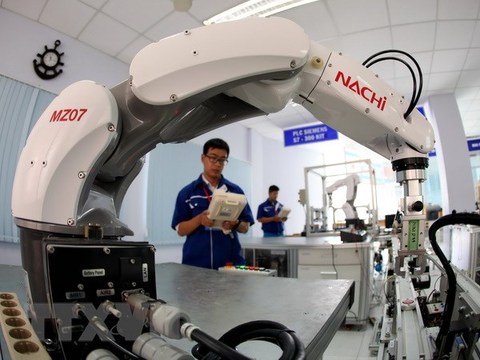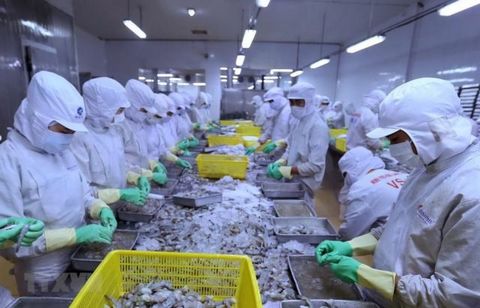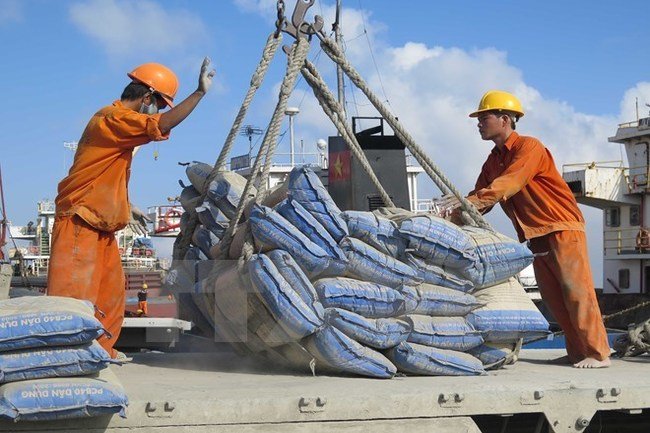Manufacturers see business improvement on solid order growth
Manufacturers see business improvement on solid order growth
Vietnamese manufacturers recorded another monthly improvement in business conditions in May as the rate of expansion of new orders has reached its peak so far this year, according to a report launched by the Nikkei and HIS Markit on June 3.
The headline Nikkei Vietnam Manufacturing Purchasing Managers’ Index (PMI) posted 52 in May, down marginally from 52.5 in April but still representing an improvement in business conditions in the Vietnamese manufacturing sector.
However, on a less positive note, employment declined for the third time in the past four months amid reports of worker resignations and retirements, stated the report.
A softer improvement in the health of the sector was recorded despite stronger increases in both output and new orders.
The securing of new customers helped firms register new order growth. New export orders also increased in May at a solid pace.
Rises in new orders, both from domestic and overseas clients, were reportedly behind the latest increase in manufacturing output. Growth has now been registered on a monthly basis throughout the past year-and-a-half.
However, the moderation in the headline figure principally reflected the drop in employment.
Andrew Harker, associate director at IHS Markit, said the demand side of the Vietnamese manufacturing sector remained rosy in May, with faster increases in output and new orders recorded.
However, there appear to be issues around the supply of labor, leading the PMI to tick lower, a picture that could be reversed in the coming months should the demand side remain strong and firms replace their departing workers, Harker confirmed in the statement.
Manufacturers increased their purchasing activity at a solid and accelerated pace in May as they responded to greater output requirements. The rise in purchasing input materials fed through to an accumulation of inventory, the second in as many months. Sufficient stock holdings at suppliers were also reported, helping improve delivery times.
Meanwhile, the stocks of finished goods declined in May, thereby ending a seven-month sequence of accumulation. Where postproduction inventories fell, this was linked to the use of stocks to meet new orders.
The rate of input cost inflation ticked down and was slower than the series average. Relatively weak cost inflation and some reports of demand weakness in certain export markets meant that firms had lowered their output prices slightly again in May. Charges have now dropped for six consecutive months.
Business confidence improved for the third month running to the highest since last November. Optimism regarding output growth reflected expected increases in new orders and new product launches.





















